fall inside a hole
Electric Limited Express Hikarigo Set NO.1 (1968)
First written August 24, 2023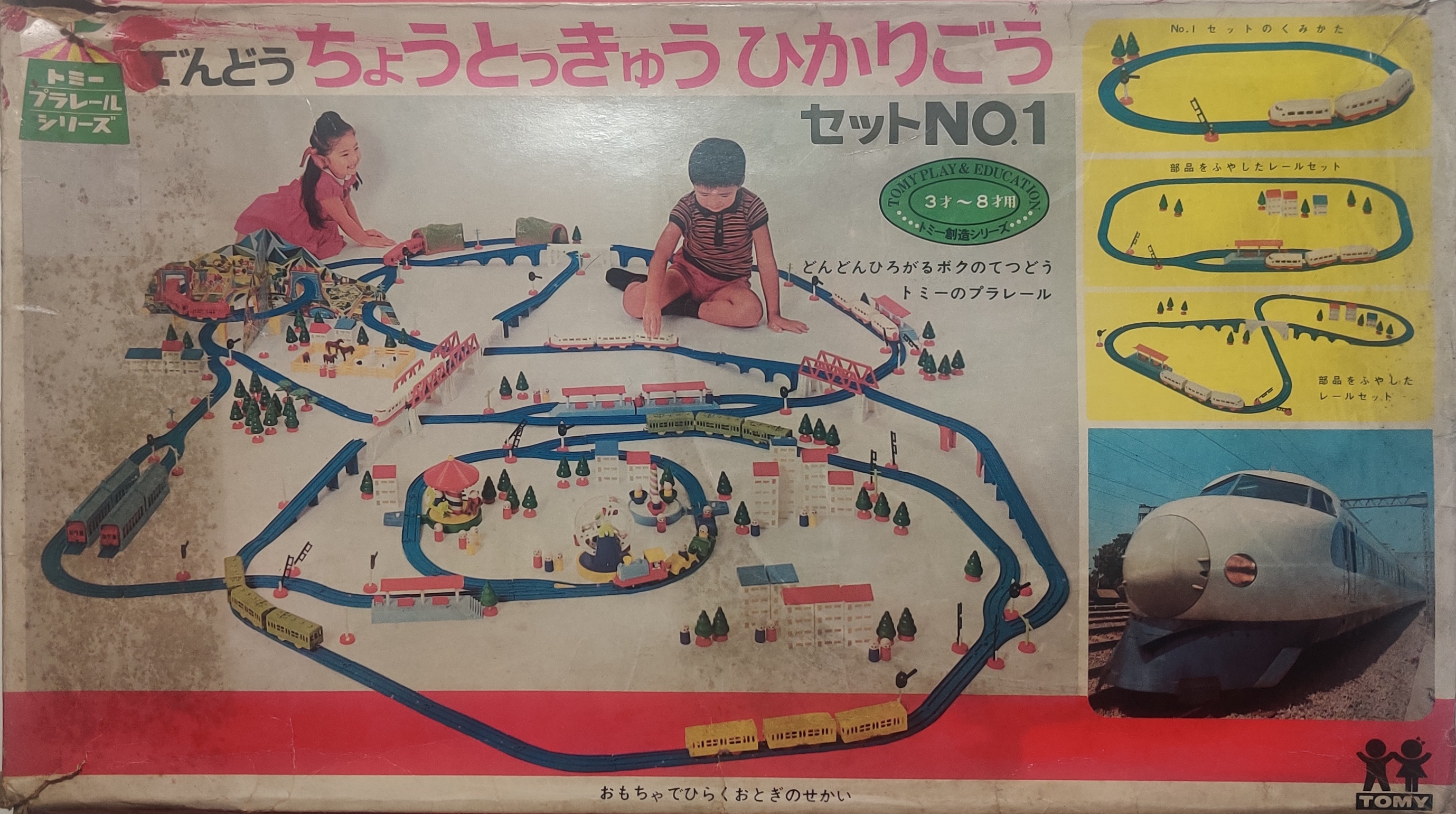
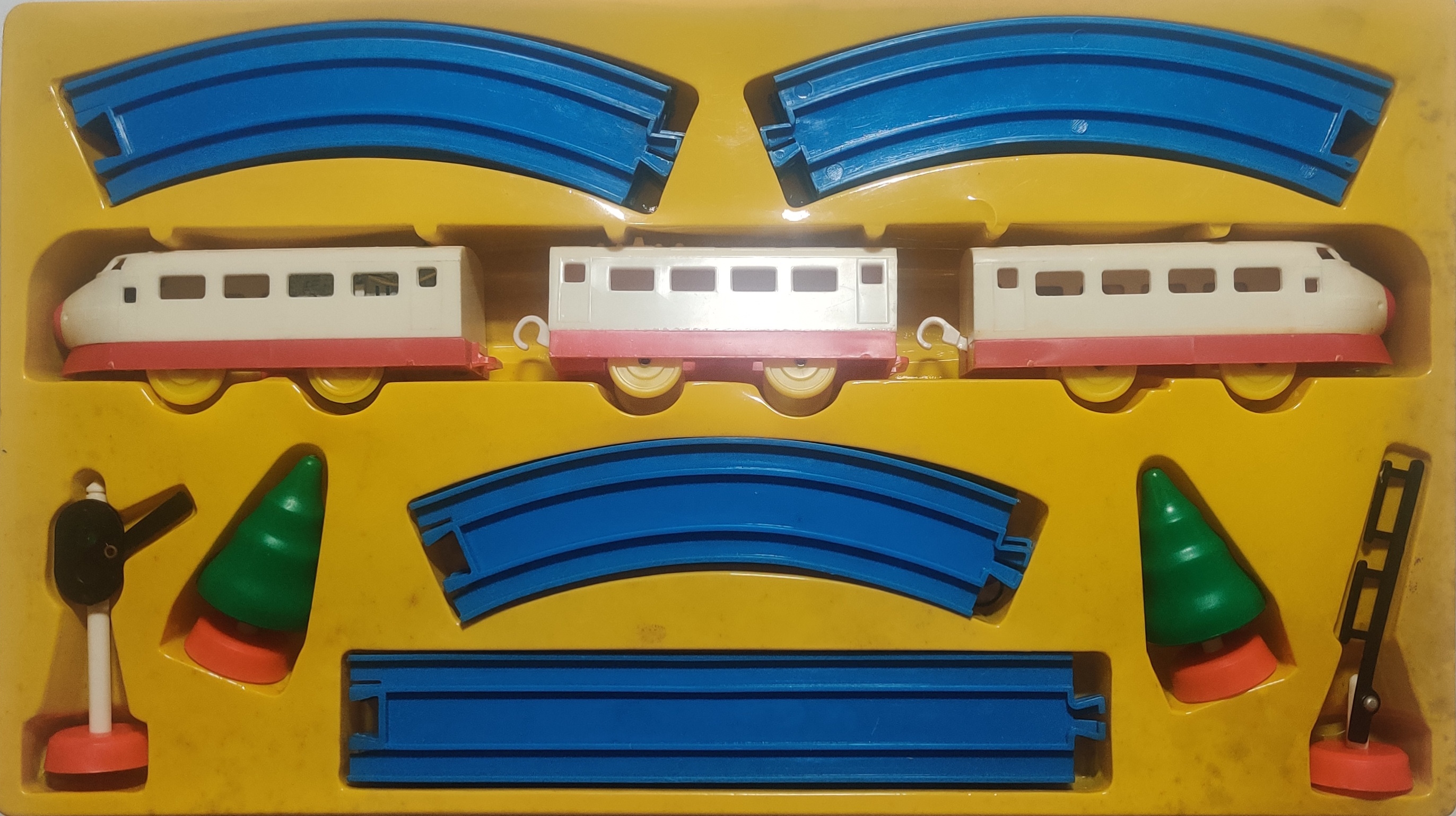
The Electric Limited Express Hikarigo Set No.1 (でんどうちょうとっきゅうひかりごうセットNO.1, Dendoucho Tokkyu Hikarigo Set No. 1) was released in 1968 and features a first generation 0 series Shinkansen molding with a second generation gearbox with roof switch and the flexible plastic coupling design. The set is a basic oval layout with a few additional accessories. The box shows the variety of Plarail products available at the time including the early blue train garages, the amusement park series of accessories, old bridges and track pieces, and old accessories like the block buildings and the large cardboard mountain. Pictures on the right side of the cover show how the set can be expanded.


Set components are located in a plastic tray that sits over a cardboard frame.
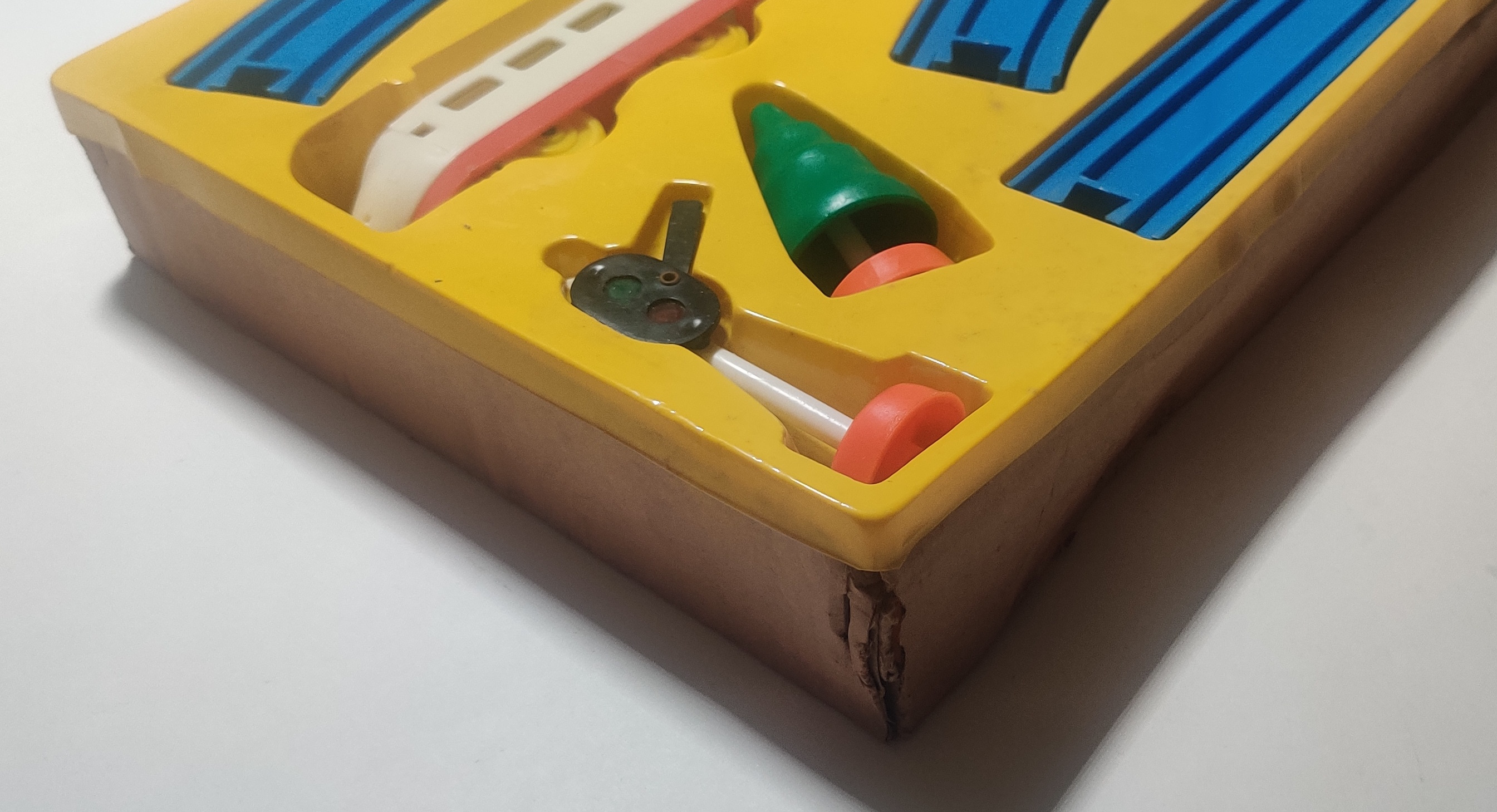
Set contents
| Quantity |
Item |
Photo |
|---|---|---|
| 3 pieces |
New Electric Super Express Hikari (early
electric 0-series Shinkansen with rim-drive gearbox) |
 |
| 2 | R-01 Straight Rail |

|
| 8 | R-03 Curve Rail |
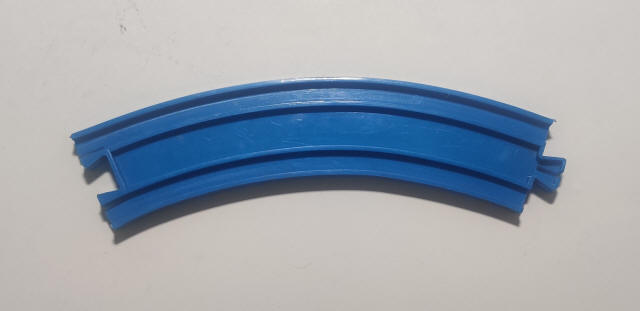 |
| 2 | Standing Tree |
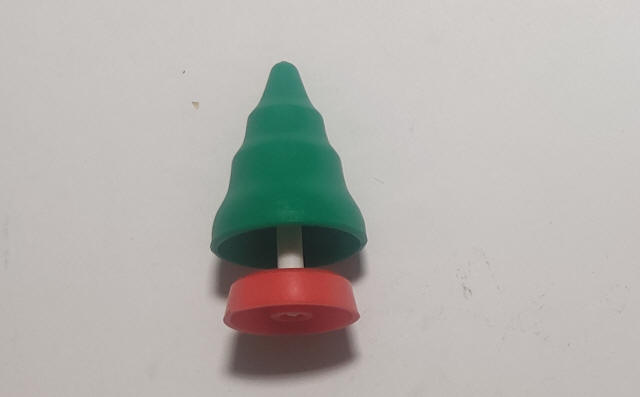 |
| 1 | Signal |
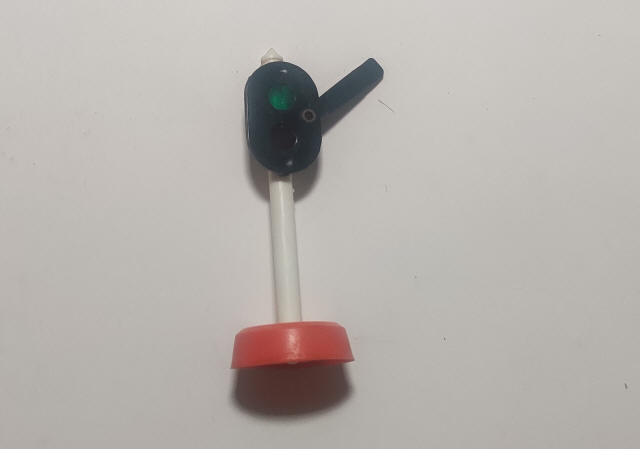
|
| 1 | Crossing gate |
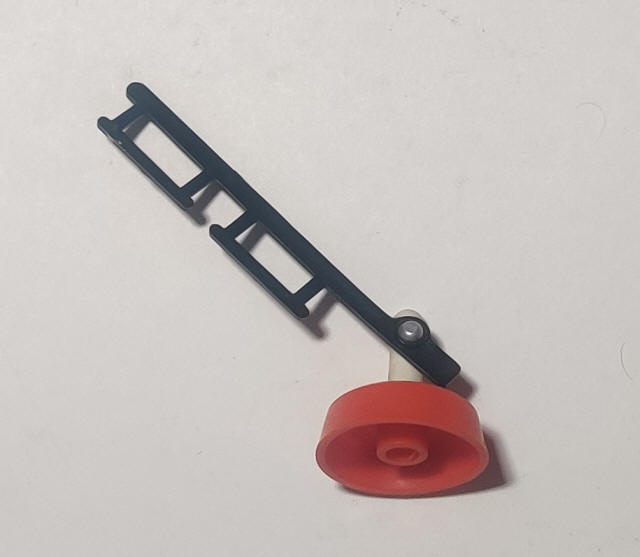 |
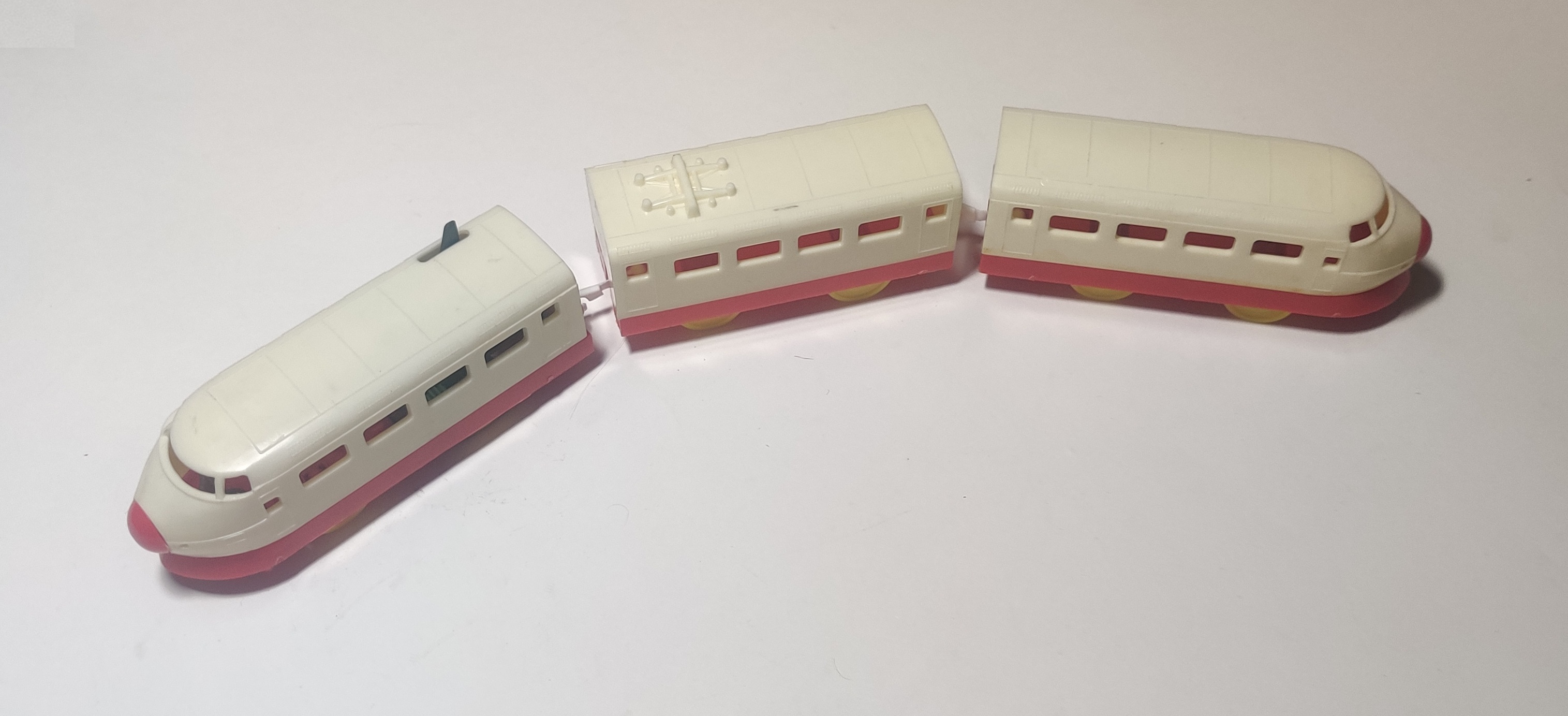
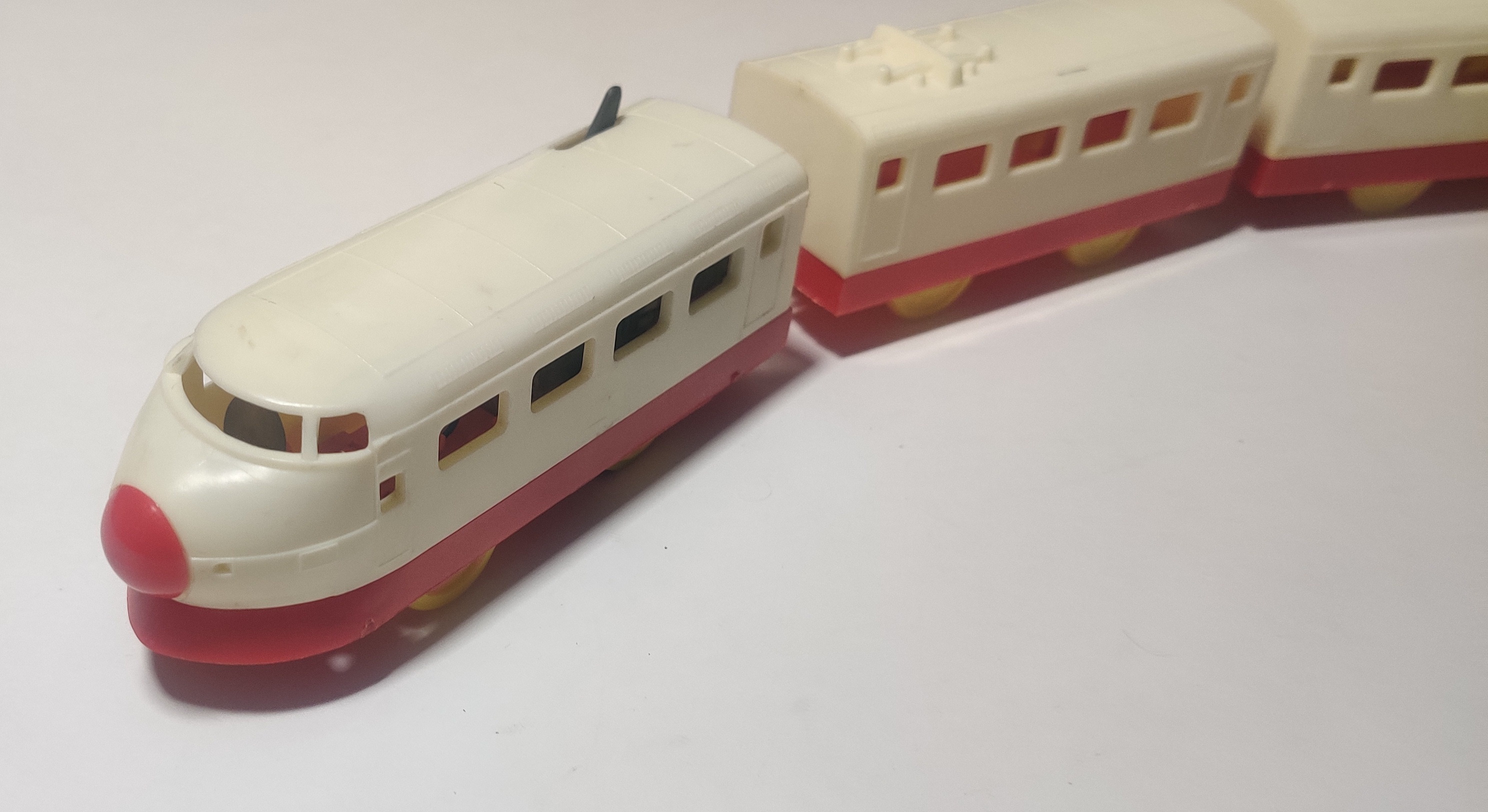
The Electric Super Express Hikari, like the unpowered Plastic Dream Super Express, is based on the 0-series Shinkansen that debuted in 1964. Like its unpowered predecessor, instead of the blue skirting of the real 0-series, the Electric Super Express Hikari has a red skirting and nose. This example is the updated New Electric Super Express Hikari with new gearbox and couplings. The "first generation" o series molding is based on the 1000-series prototype Shinkanens as it has a different front window support system and the windows in the doors are square rather than thinner rectangles. The Hikari was the faster initial Shinkansen service and was serviced by 0 series trains for decades.
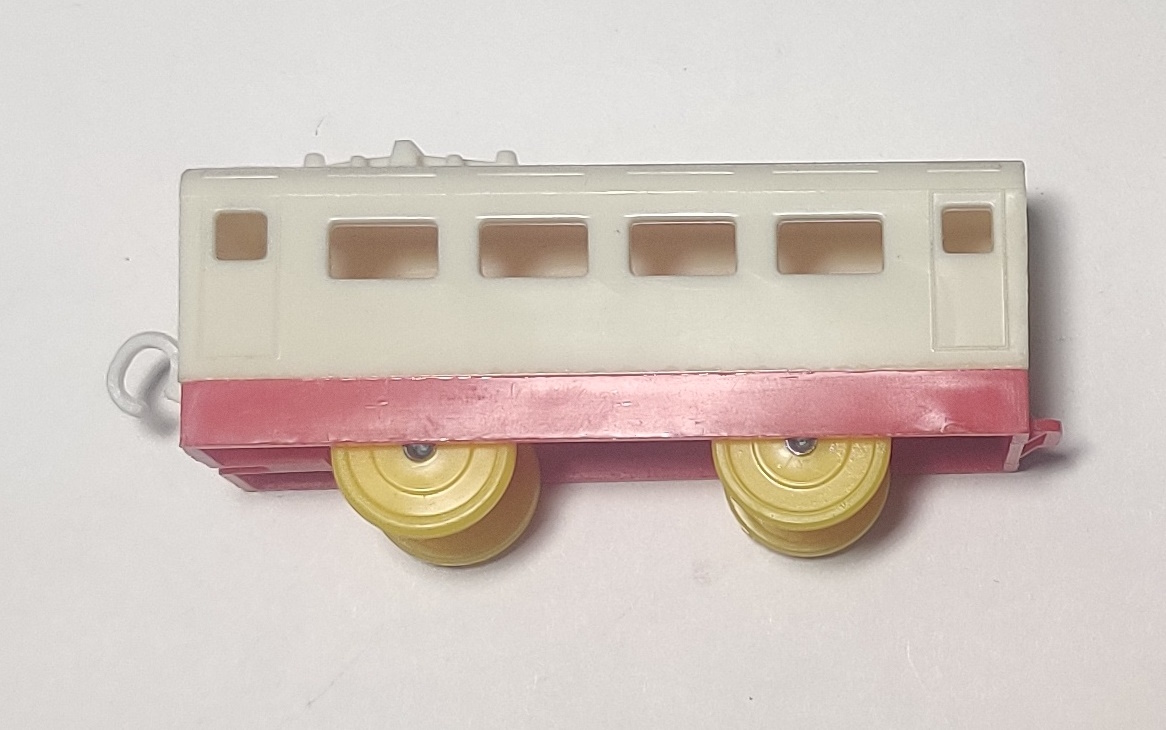
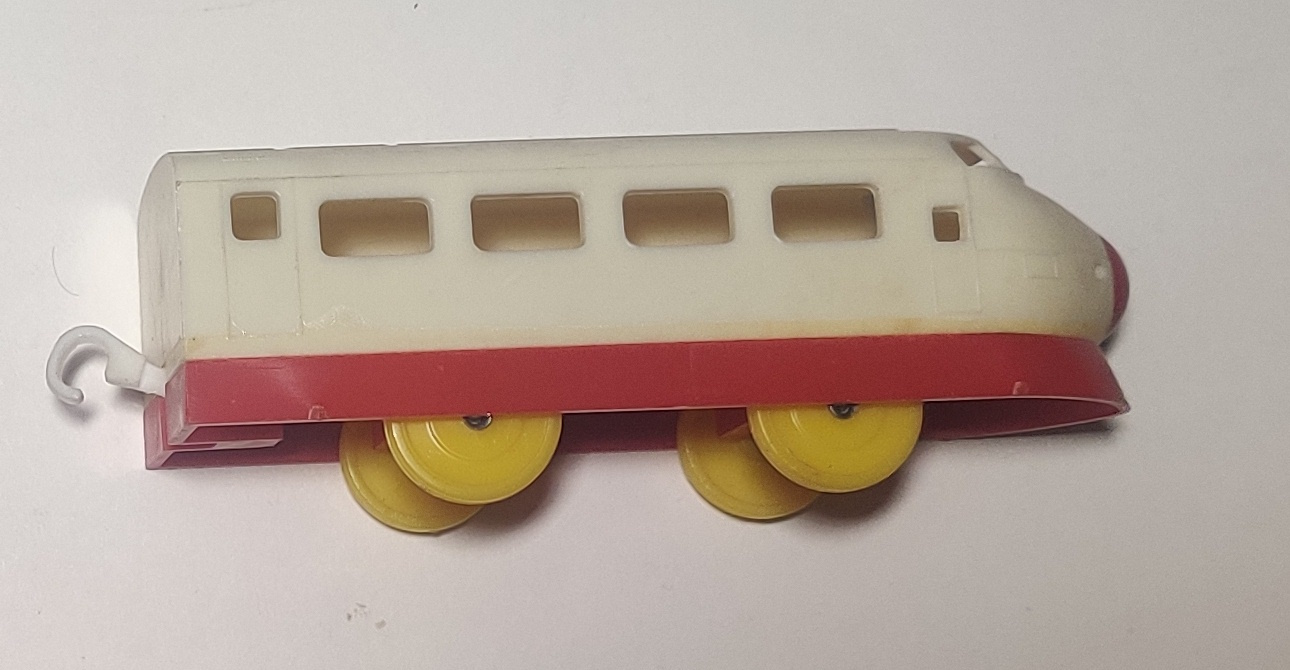
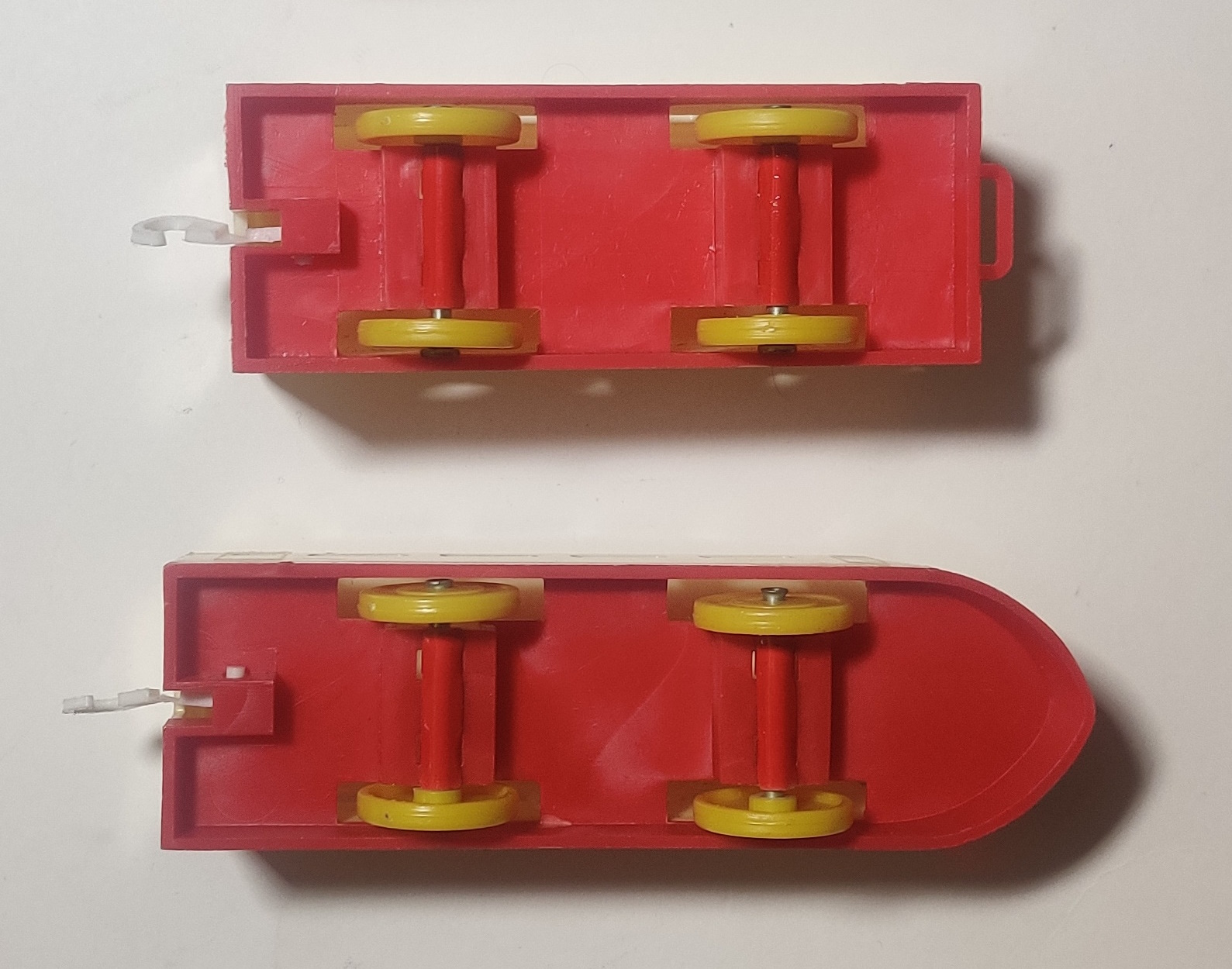
The intermediate and tail cars' shells are glued to the chassis, making replacing couplings or wheels a pain (if not impossible without destroying the plastic). Wheels are held in with bent metal holders similar to the power car.


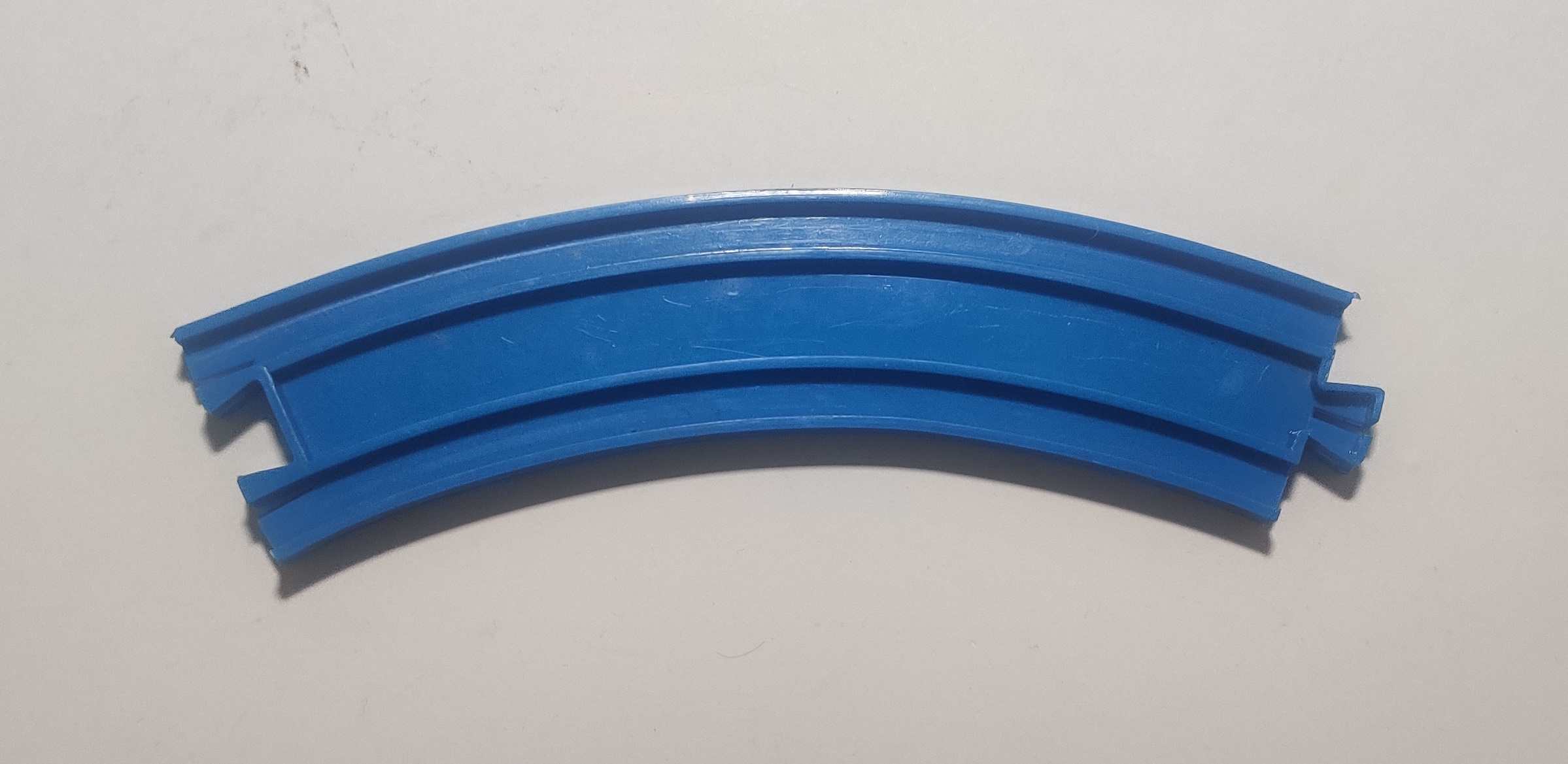
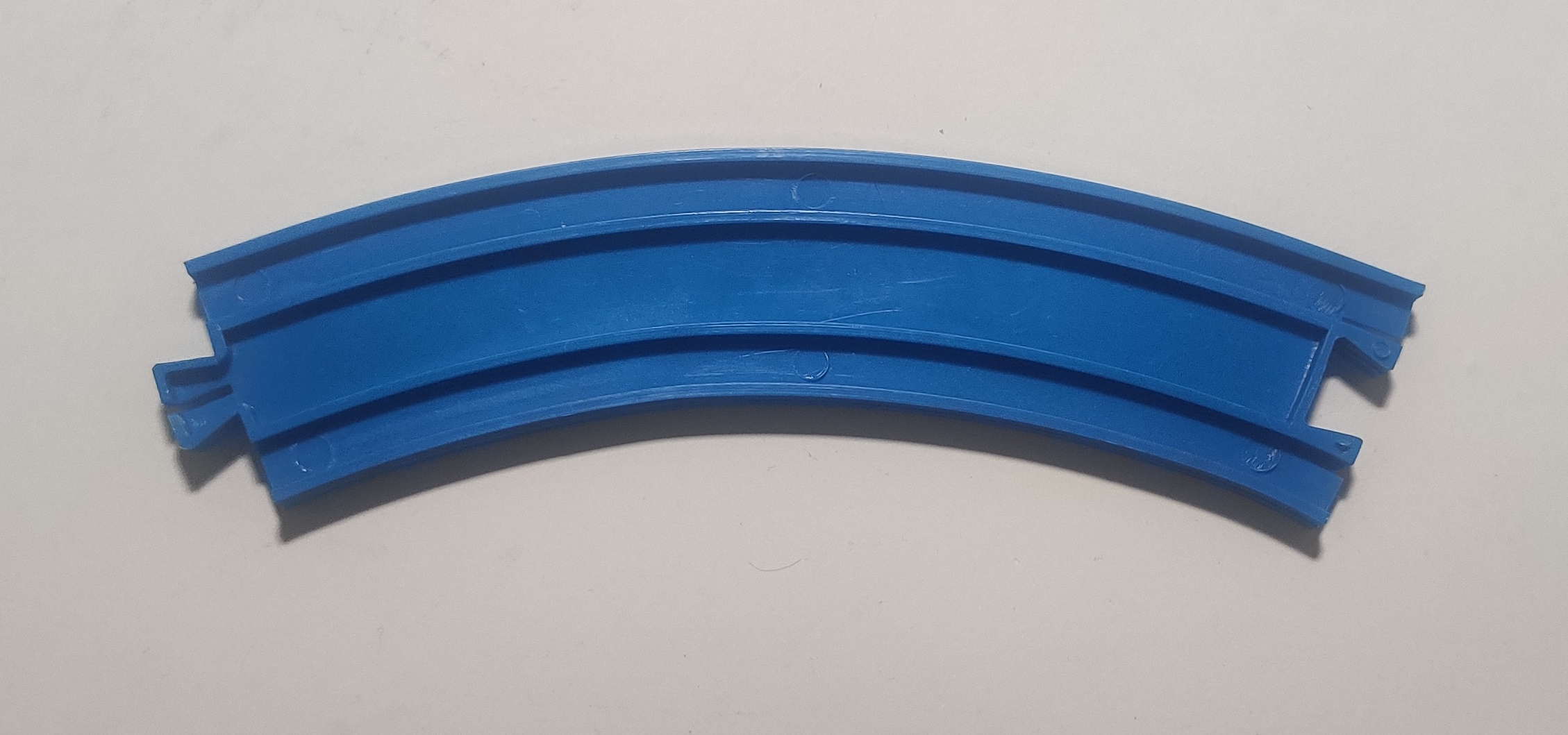
Rails at this time were completely smooth other than some circular molding marks in the bottom with no roughness or tread to the rails. Smooth rails remained in use until the mid 70s.
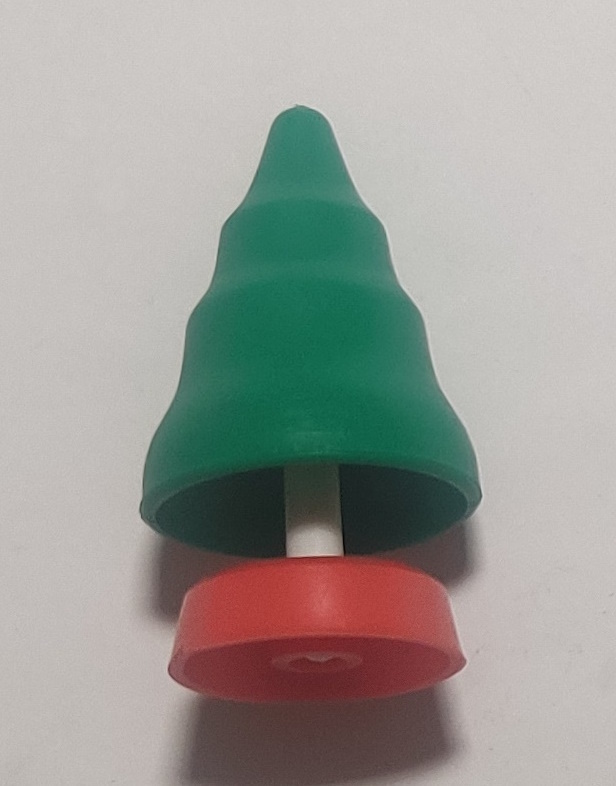
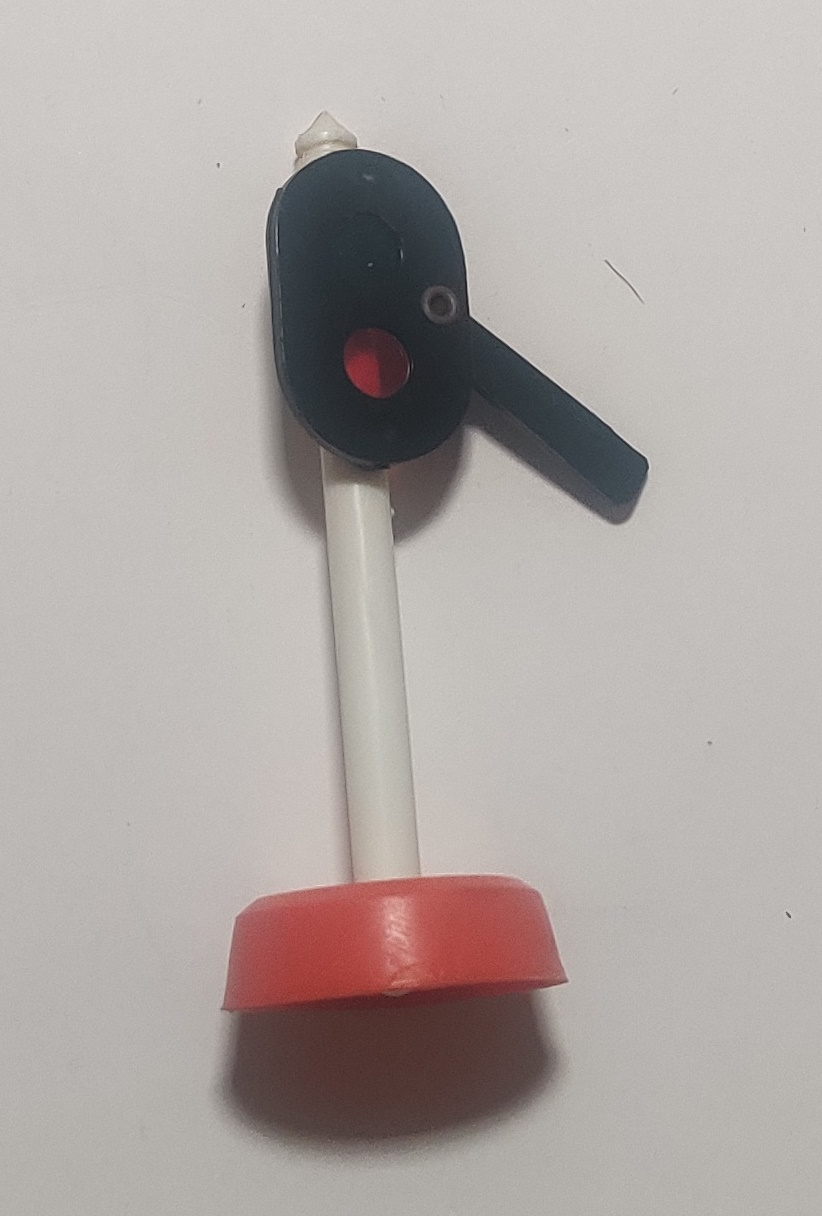
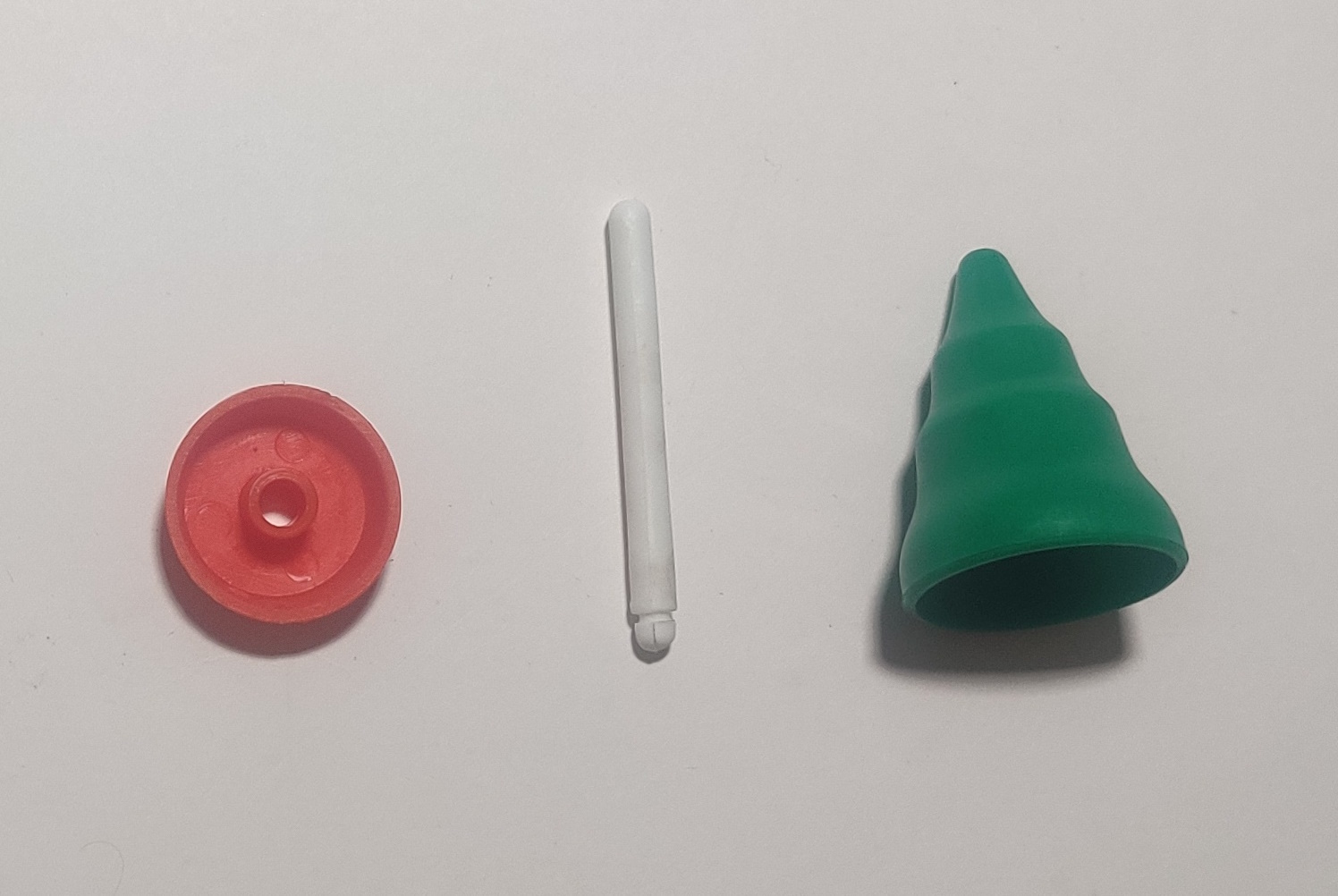
The standing tree is basically unchanged from modern ones other than the lack of any region of manufacturing marks. The signal is made from black plastic with colored lenses for the signal lights. This design of signal was also in use until the mid 70s. The construction of both of these accessories is similar to their current counterparts.
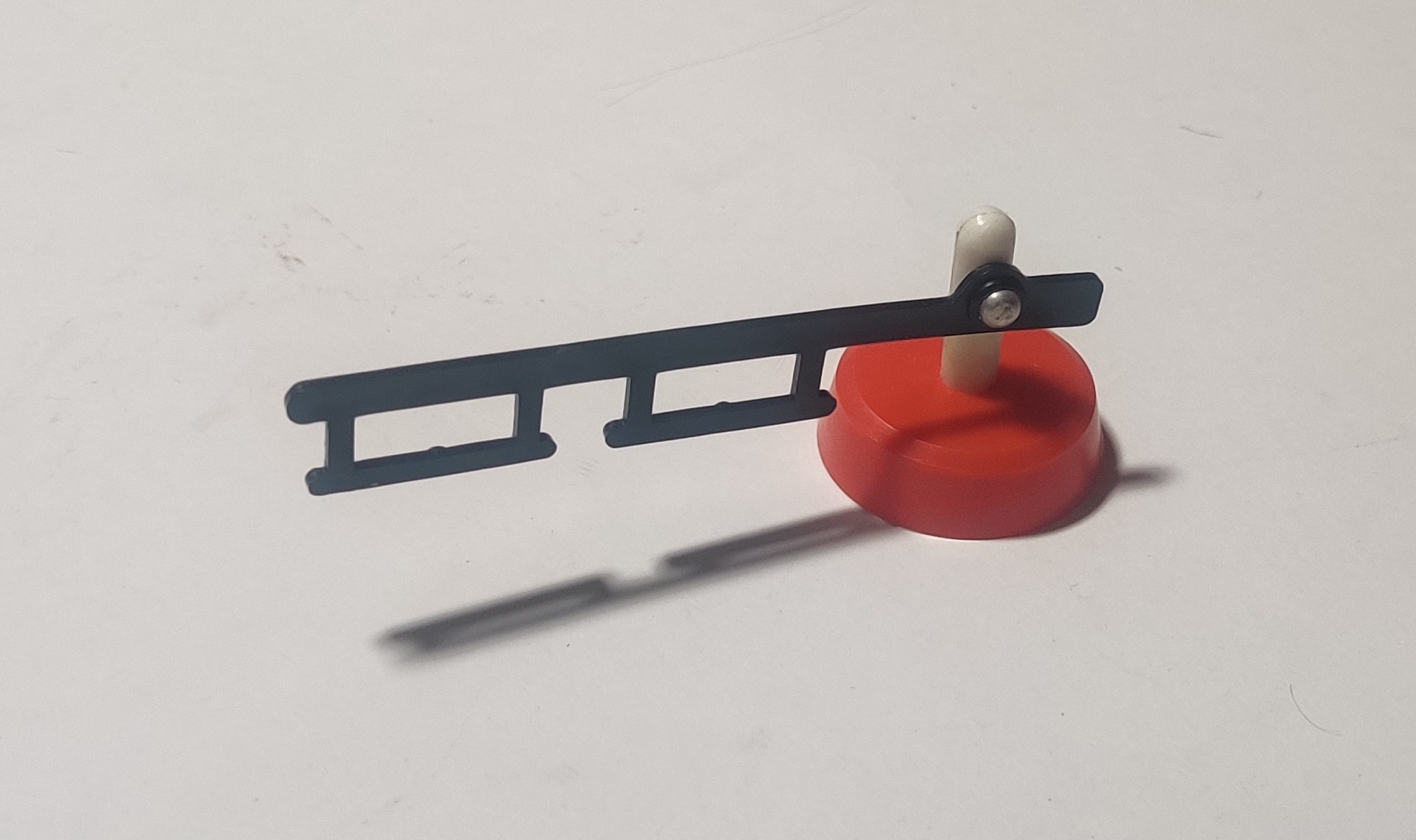
This crossing gate has been long out of print and has not appeared in a set since around 1970. This accessory appeared around 1965 after Tomy moved away from using the Tot Railroad style accessories from the earlier 60s. The gate has hanging details and two of them were often used to represent a railroad crossing's gates. This accessory was eventually replaced by the much more elaborate Railroad Crossing in 1970.
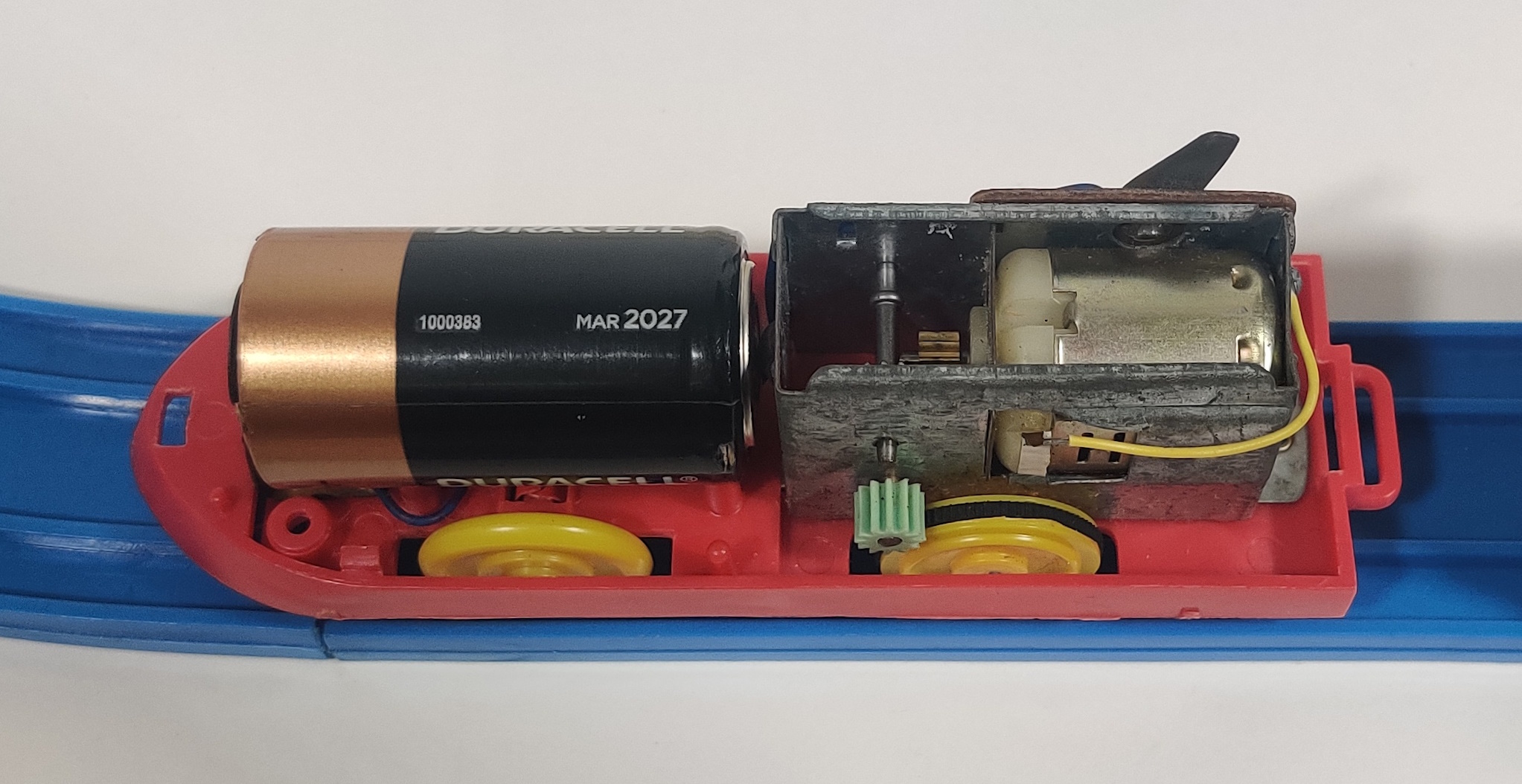
The battery in installed the opposite way around from pretty much all later Plarail gearboxes. In fact, I installed the battery backwards at first!
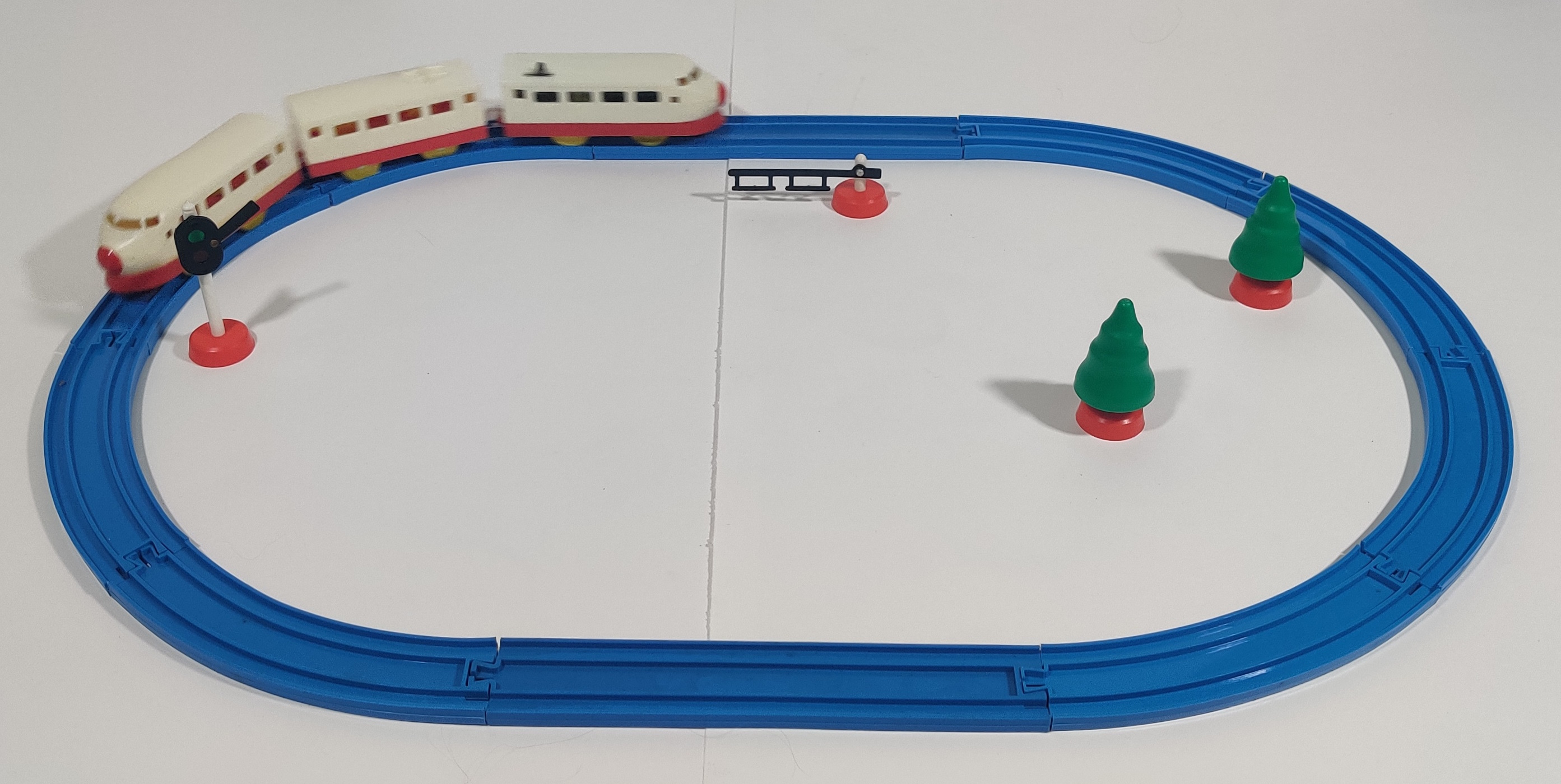
Being a No.1 set, the layout is pretty simple. There are a nice number of accessories but the set is obviously basic.
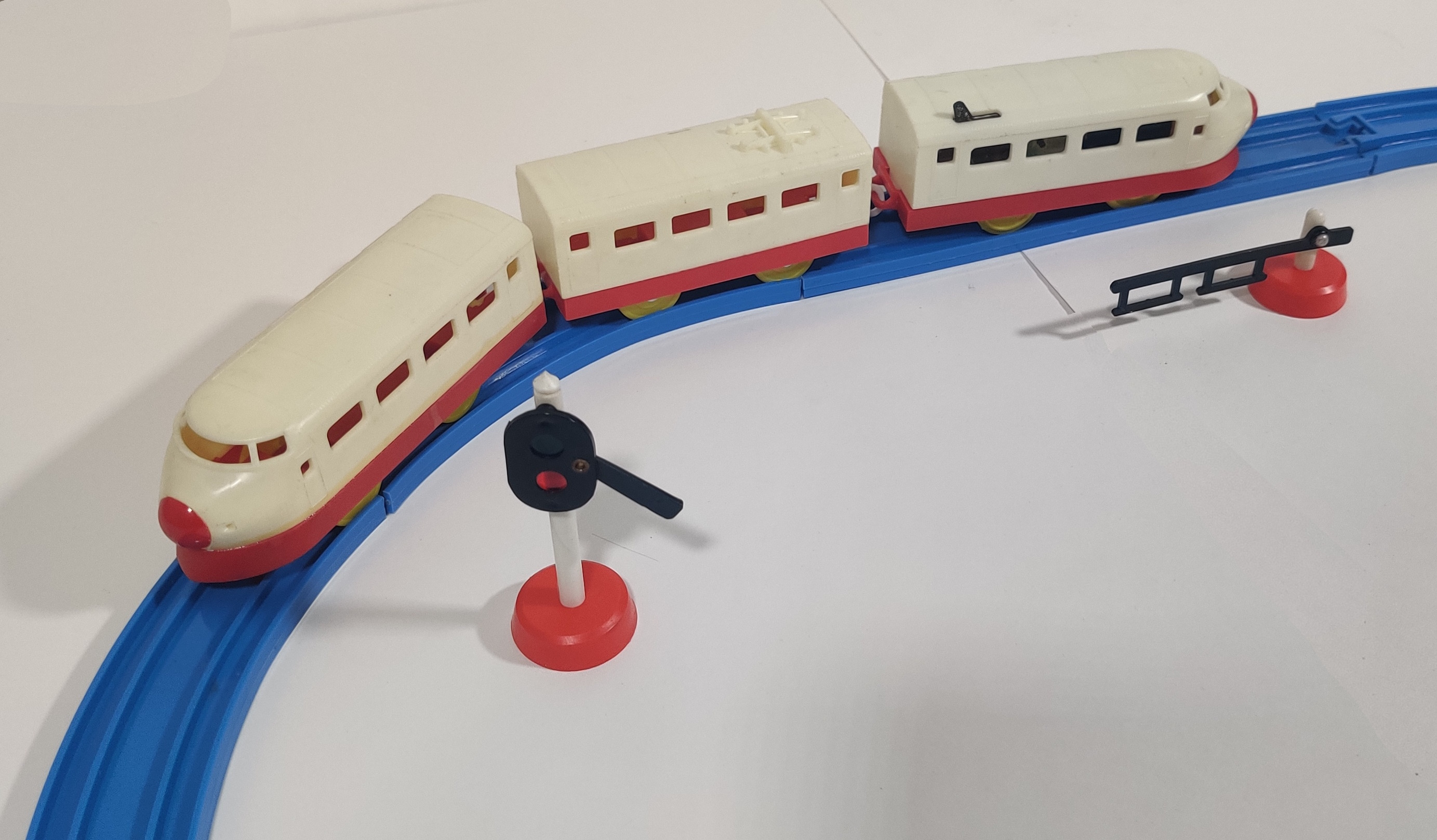
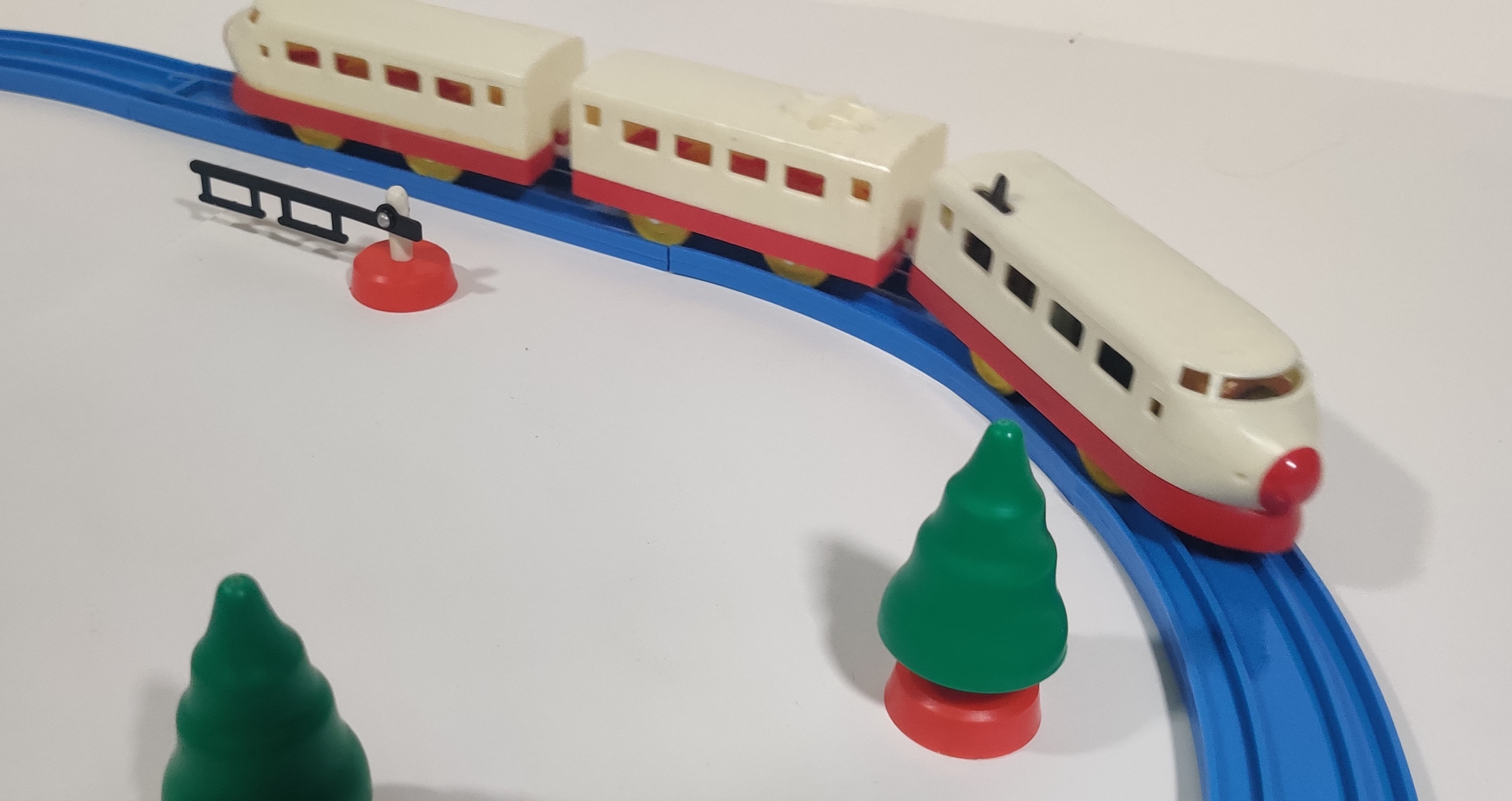
It is very interesting to me to explore the early forms of things that I am interested in, which is part of why I collect so much old stuff. Importing Plarail can be very expensive before even worrying about the price of the toys themselves, and there are some very dedicated collectors in Japan and elsewhere in the world who, frankly, are willing and able to spend more on it than I (currently) am. I feel lucky to have such an early Plarail in my collection. I still consider myself to be fairly "new" to (regular, non-Thomas) Plarail collecting with a modest if not nice collection. Although I have technically have been collecting some form of Plarail since around 2013, and even had a set as a kid around 2006, it was all export Thomas-series Tomica World and Motor Road and Rail that I could find in America, and even when I started to buy Plarail online from Japan in 2018 it was all Thomas-series trains with a mix of track and occasionally a regular train that I knew nothing about. In later 2021 I started becoming interested in some of the regular Plarail trains I had and that I saw in auctions and imported several of my earlier regular Plarail sets as well as importing many of my Plarail export sets that were not sold in America but it was not until mid 2023 that I became much more interested in Japanese trains and Plarail and started writing these webpages to help me keep track of all the information I think is interesting or important. I hope to be able to display many more cool Plarails to a world-wide audience here.
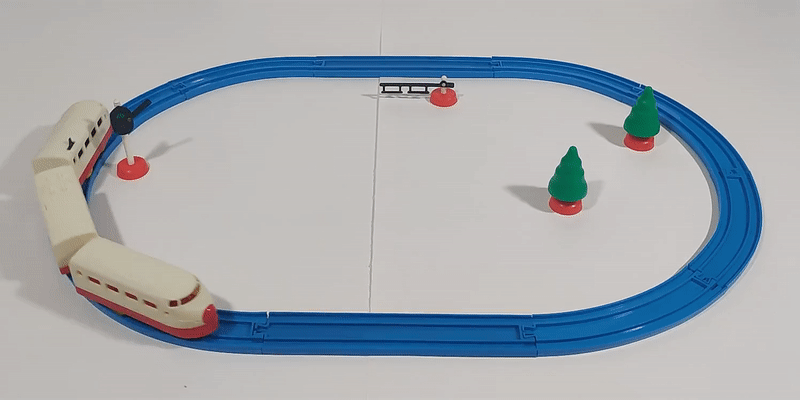
Click for video with sound
My collections are still in their relative infancy, as is this website. As it continues to expand, I hope it becomes regarded as an important and useful resource with time.
| Set name | Electric Limited Express Hikarigo Set
No.1 でんどうちょうとっきゅうひかりごうセットNO.1 |
Release period | 1968-1969 |
| Train rating |
    
| Track rating |
     |
| Accessory rating |
     | Overall |
     |
| Notes: | In hindsight of course, the Electric Limited Express is a five-star train to me, but at the time it was the regular (and only) Shinkansen used in several sets, so I can't rate it too high... | Price | 850 yen (1968) |